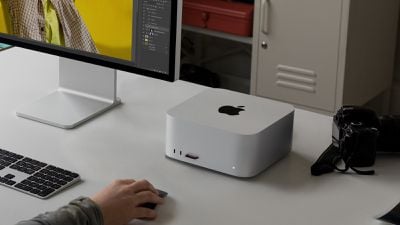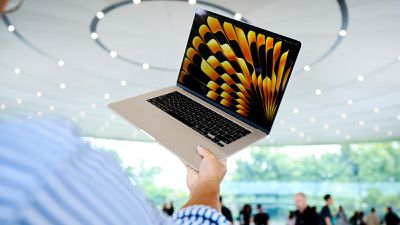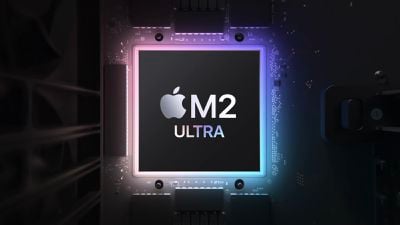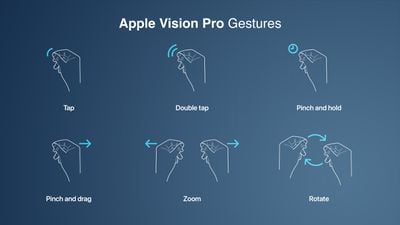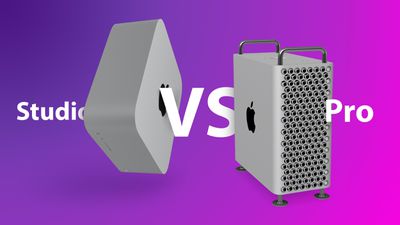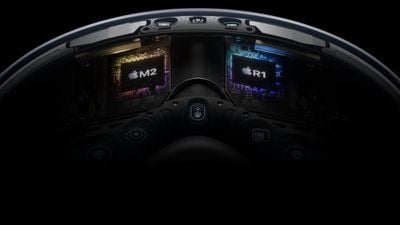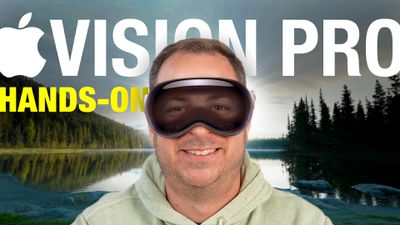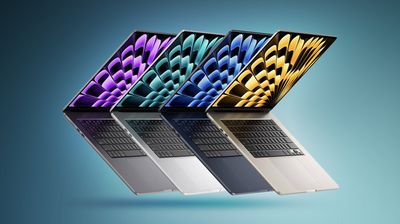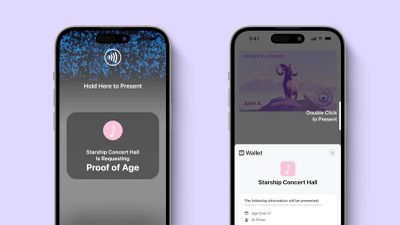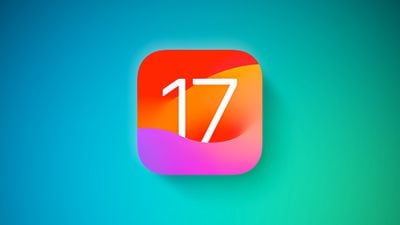visionOS
visionOS is the operating system that will run on the Apple Vision Pro spatial computing device.
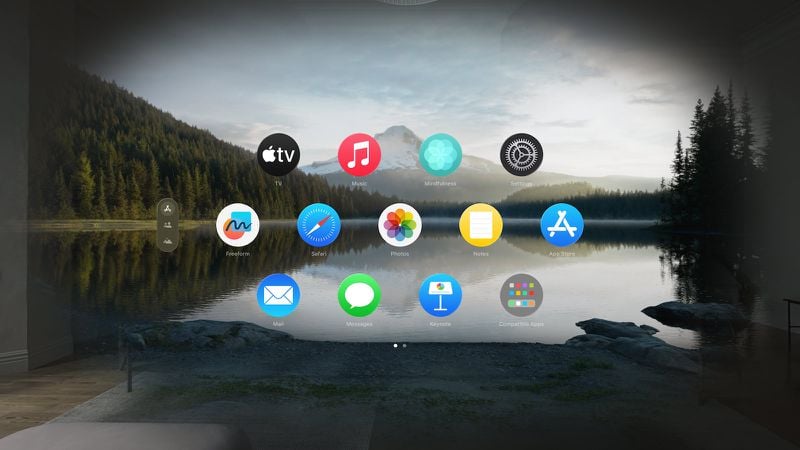
visionOS
visionOS is a new operating system developed for the Apple Vision Pro augmented and virtual reality headset or "spatial computing device" as Apple calls it. We know a limited amount about visionOS at the current time because it has not yet been released and won't come out until the headset launches in 2024, but this roundup aggregates what we've heard so far.
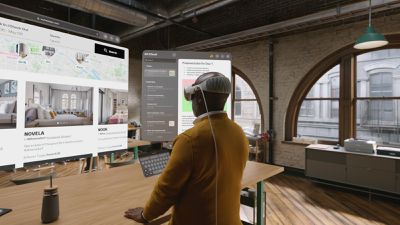
With visionOS, Apple provides a full three-dimensional interface that starts out with a Home View that is similar to the iPhone's Home Screen. It displays all of the apps that are installed on the Apple Vision Pro, with the visionOS interface able to respond dynamically to natural light and shadows to help users interpret distance and scale.
visionOS is navigated using eye movements, hand gestures, and voice control because it cannot be directly interacted with. Users can, for example, browse through apps by looking at them, and then select one with a tap of the fingers. This navigation scheme has been described as natural and intuitive by those who have been able to test Apple Vision Pro.

visionOS apps can be placed anywhere in virtual space visible to a user, and they can be resized to be ultra large or small. App windows can be stacked on one another, arranged around a room, and manipulated at will. Multiple apps can run at the same time, and it is unclear if there is an upper limit beyond what fits in the visual space. Apple describes visionOS as offering an infinite canvas, but users can also opt to focus on a single app that expands fully into the space.
The level of immersion in visionOS is adjustable. Users can either see their content in their actual surroundings through the Apple Vision Pro's cameras, or a virtual "Environment" can make the real world fade away. Apple designed several Environments like Mount Hood that can be activated as a backdrop in visionOS.
Apple adapted existing apps like FaceTime, Photos, Messages, Safari, and more to work in a 3D environment. In Photos, for example, images can be viewed larger than life, and panoramas will wrap around the user. In FaceTime, life-size tiles for each person can be positioned around the room. For the headset wearer, visionOS creates a Persona, or a digital representation that reflects face and hand movements in real time. In Messages, Safari, and other apps, users will be able to pull out 3D USDZ files to look at and manipulate virtual objects.

With content apps like Apple TV+, visionOS can display TV shows and movies on a personal movie screen that feels 100 feet wide, plus visionOS offers Apple Immersive Videos that are 180-degree high-resolution recordings. visionOS supports Spatial Audio through the Apple Vision Pro's speakers.
There is a dedicated App Store for visionOS, which will house apps and content from developers. It will also provide thousands of iPhone and iPad apps that will automatically run on visionOS and that will be adapted to the eye and hand controls. With iCloud, content is synced with iPhone, iPad, and Mac.
Bluetooth accessories like keyboards, mice, trackpads, and game controllers work with visionOS, and it also integrates with the Mac to allow the Apple Vision Pro to serve as a display for a Mac. The Mac's screen shows up in the virtual space provided by visionOS for a private, portable 4K display.
For security and authentication, visionOS supports Optic ID, an iris scanning function that works like Touch ID or Face ID. Optic ID can be used for logging into visionOS, making purchases, and logging into websites.
Launch Date
visionOS will be available when the Apple Vision Pro launches in early 2024.



